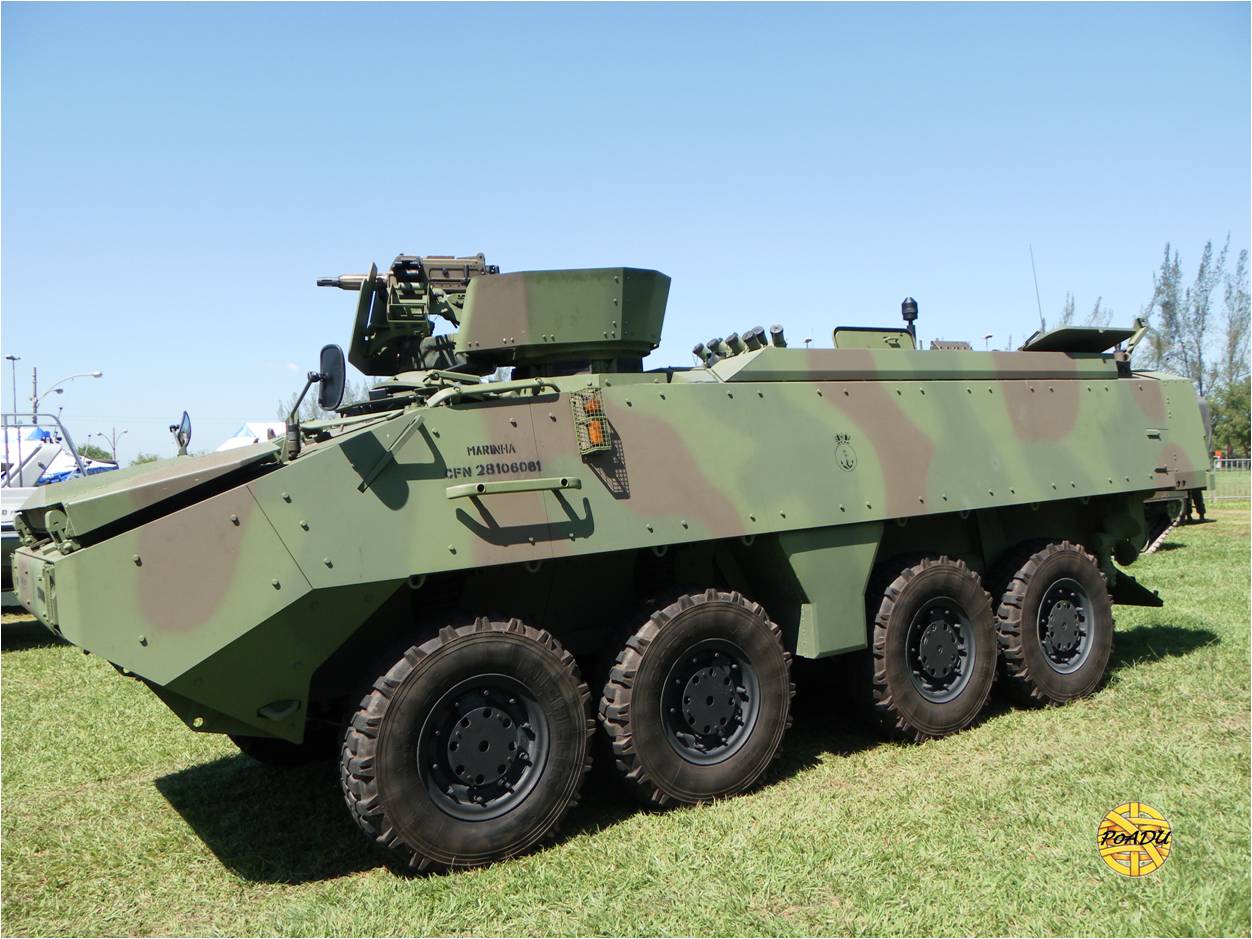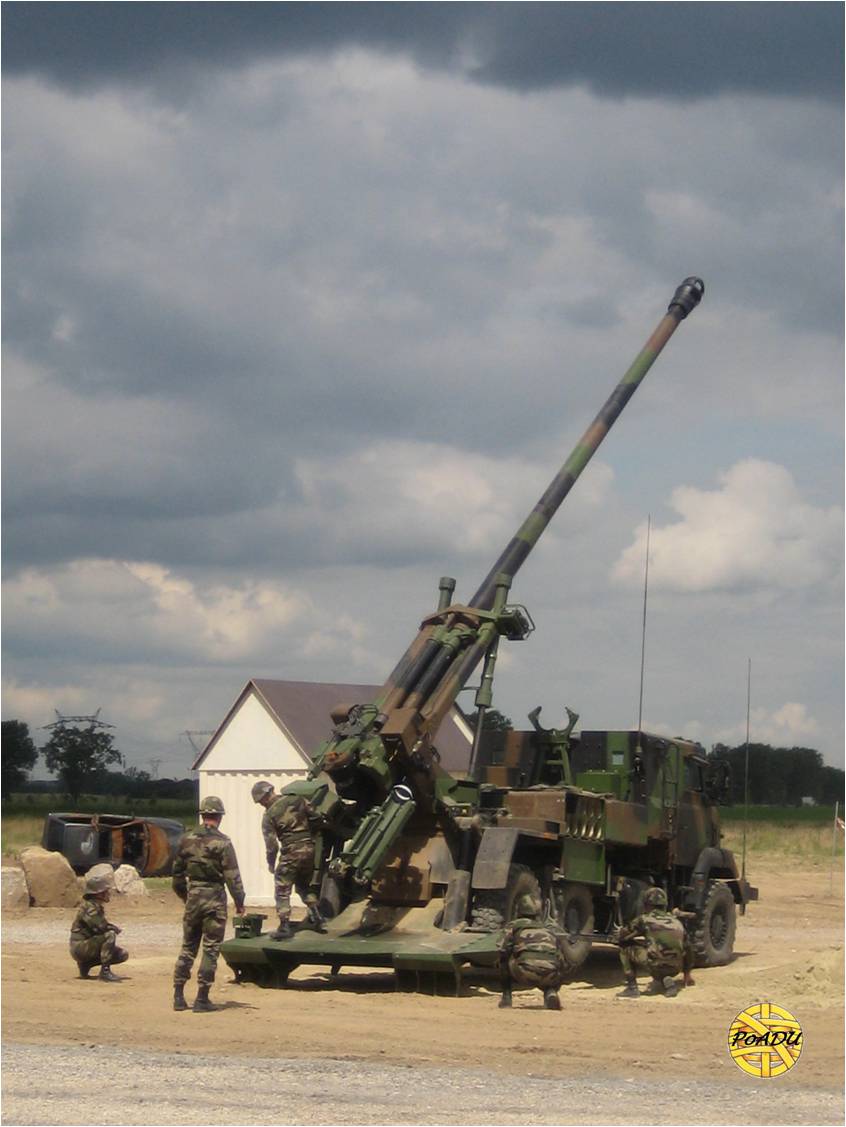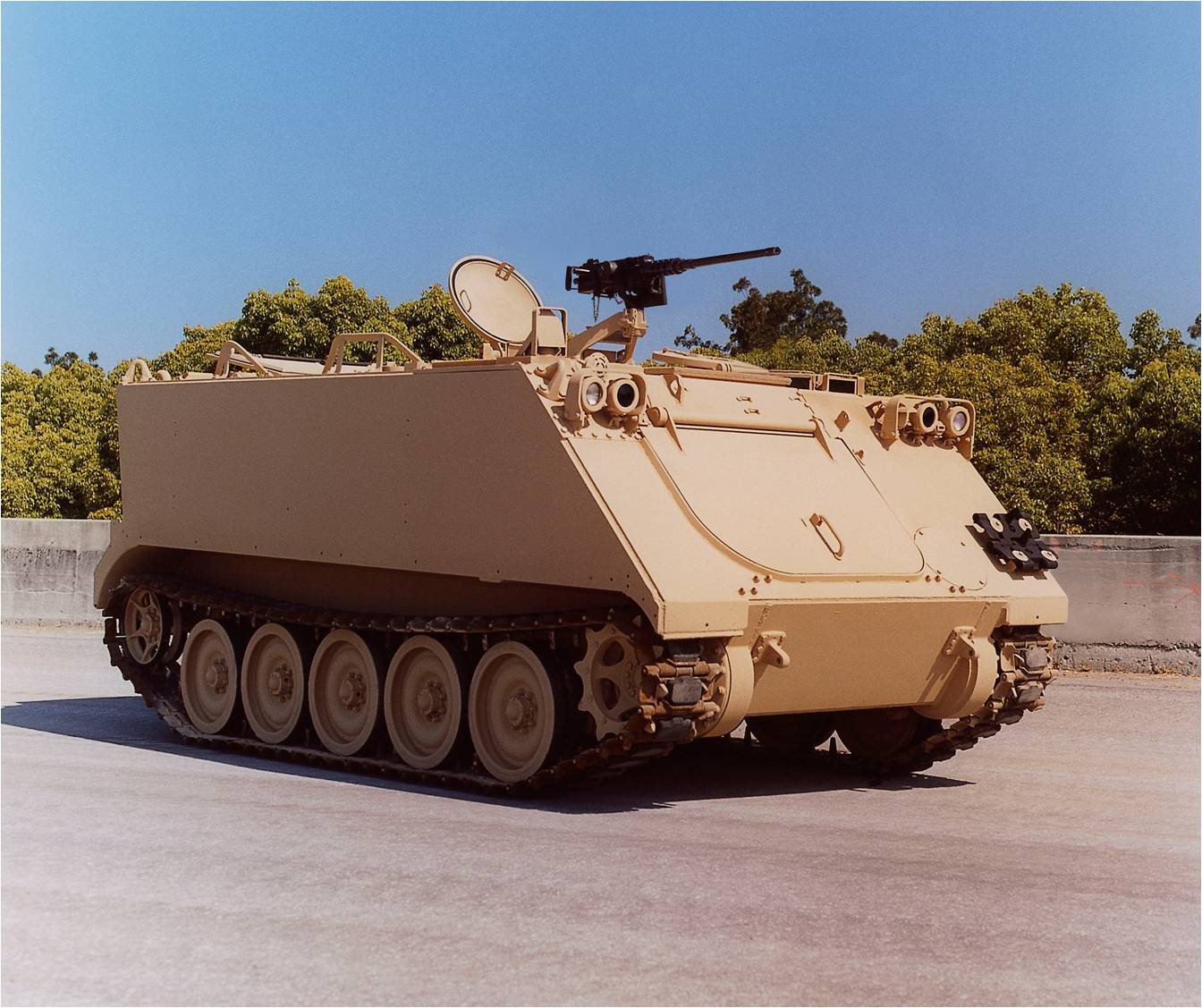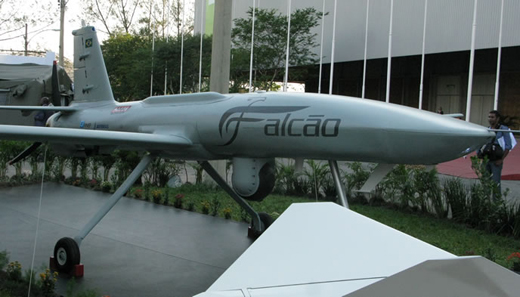
May 10, 2011 defense-aerospace.com (Source: Rosoboronexport; issued May
10, 2011)
A delegation of the Federal State Unitary Enterprise (FSUE) Rosoboronexport will attend the 3rd SITDEF PERU 2011 (Salon Internacional de Technologia para la Defensa) International Defence
Technology Exhibition to be held in Lima, the capital of the Republic of Peru, in the period from 11th to 15th May 2011.
The SITDEF PERU event is supported by the President of Peru Alan Garcia. It is organised by the Peruvian Ministry of Defence. Exhibits in the pavilions of the exhibition will present armoured
vehicles, artillery pieces, military and civil aircraft, communication facilities, air defence assets, naval systems, automobiles, civil engineer, medical, de-mining and civil defence equipment.
T-90S
Rosoboronexport is a permanent participant in the Lima exhibition. The first SITDEF PERU was held in November 2007 with the purpose to evaluate options offered in the world arms market for
upgrading the Peruvian Armed Forces.
"Russia is proactively promoting its defence products to the Latin American market, - says Sergei Ladygin, the head of the Rosoboronexport Regional Department. - In contrast to other countries,
we discuss with our partners not only finished weapons and equipment, but also a wide range of services including post-guarantee maintenance and repairs, supply of spare parts and upgrading of
legacy weapons and military hardware received long ago from the former USSR, as well as a licence production of advanced weapon systems. As is known, Mexico has set up a servicing and repairs
centre to support operations of Russian-made helicopters, and Venezuela is also building a servicing and repairs centre to maintain Russian helicopters and a training centre to prepare the
national armed forces personnel".
A number of contracts have been already signed with Argentina, Brazil, Venezuela, Mexico, Peru and other Latin American countries, which are now being implemented. Russia's military technical
cooperation with countries in this region is increasing its value.
Russian-Peruvian cooperation, including in the military technical field, is also gaining momentum from year to year. Peru is one of the very first Latin American partners of Russia (then Soviet
Union) in the area of military technical cooperation. It began on 1st February 1969 when diplomatic relations were established. Starting from 1973 Peru took delivery of the T-55 main battle
tanks, MiG-29 fighters, Mi-8 helicopters, and other weapon systems and military equipment. In a few years Peru turned into one of the leading South American partners of the USSR, ranking first in
the procurement of civil and military aircraft and other products of the machine-building industry. Soviet specialists amassed huge experience in realising various economic projects in Peru.
Soviet rescuers and doctors also rendered aid to the Peruvian people after the disastrous earthquake in 1970.
In the 1990s there was an intermission in military technical cooperation between the two countries. It was restarted only in the first decade of the 2000s. Within the scope of the Programme for
the Peruvian air fleet modernisation were signed contracts for the upgrading and repairing of the Mi-17 helicopters and MiG-29 fighters. One can mention another well-known contract for the
procurement by the Peruvian Army of the Kornet-E Russian antitank missile systems.
A new powerful impulse to the long-term bilateral relations was given in November 2008 when Russian President Dmitri Medvedev and President of Peru Alan Garcia met in Peru and outlined the main
directions in the cooperation of Rosoboronexport and Peruvian Ministry of Defence.
Among current military technical projects implemented by Russia and Peru the contract for delivery to the Peruvian Ministry of Defence of six Mi-171Sh and two Mi-35P helicopters is seen as the
most important.
Mi-171Sh
Specialists of the Peruvian Ministry of Defence chose these helicopters because of their reliability, endurance and fitness to operation in adverse climatic conditions, as well as exceptional
maintainability and substantial upgradability potential.
These rotorcraft inherited unique survivability features from their predecessors which had been employed virtually in all armed conflicts in the second half of the 20th century.
Soviet helicopters earned good reputation in Afghanistan, becoming legends: hundreds of stories were told of the helicopters returning to their bases all pierced with holes from bullets and
shells, with their rotor blades, fuel tanks or pipelines badly damaged. And after field repairs they resumed flying combat missions.
In April 2011 two Mi-35P helicopters were shipped to Peru onboard the An-124-100 Ruslan transport aircraft. After assembly they passed acceptance tests and entered into service with the Peruvian
Air Force. The first batch of the Mi-171Sh helicopters will be delivered in the near time.
As much topical are issues related to setting up in Peru of a servicing maintenance and overhaul centre for the Mi-8, Mi-17 and Mi-26T helicopters (the corresponding agreement was signed in 2008
in the presence of the Russian and Peruvian presidents). Rosoboronexport proposes that Peru actively develops relations in such areas also as upgrading and procurement of armoured and naval
equipment. It continues discussing offers for the procurement of Russian radars, air defence and antitank missile systems, small arms and ammunition, as well as training aids that allow
substantial reduction in specialist formation costs.
Great attention is paid to systems which can be used by armed forces in peacetime, first of all during humanitarian relief operations after ruinous natural disasters which break out rather
frequently in Latin American countries, including Peru. The Ural family Russian multi-purpose trucks are perfectly suited to help save people found in such difficult circumstances.
Tigr
The Ural trucks are very popular in the region: Mexicans have been actively using them during relief operations in the aftermath of Katrina hurricane, Uruguayans in the UN missions in Congo and
Haiti, and Guatemalans in counter-narcotics operations. The Tigr armoured cars can be classed under the same category, for they are as much indispensable when conducting search-and-rescue
operations and performing special-purpose missions.
Russia and Peru maintain successful and constantly evolving relations which help raise interest in Russian weapons among other Latin American countries. This allows Rosoboronexport to conduct
balanced pricing policy by taking account of a multitude of factors including economic potentials of buying countries.
Rosoboronexport builds its business development strategy on establishing, strengthening and developing long-term partnerships with foreign countries.
In the context of goals set by the Rosoboronexport's delegation at SITDEF PERU 2011 visitors to its stand will be able to get information on the following items of Russian weapons and military
equipment:
Ural
-- Intended for army: T-90S main battle tank, BMP-3M infantry combat vehicle, BTR-80A armoured personnel carrier, Smerch multiple launch rocket system, Metis-M1 and Kornet-E antitank missile
systems, 152-mm Msta-S self-propelled howitzer, Kalashnikov assault rifles of the hundredth series, various grenade launchers, sniper rifles and sights, GAZ-2330 Tigr special-purpose police
automobile, Ural family trucks (with the 4x4 and 6x6 wheel arrangements), etc.
-- Intended for navy: Project 636 large diesel electric submarine and Amur-1650 follow-on development of the Russian diesel electric submarine type, Project 20382 Tigr small patrol ship
(corvette), Project 11661 Gepard 3.9 patrol ship, Project 12200 Sobol fast patrol boat, Laguna simulator for training ship steering and control operators, Club-S and Club-N integrated missile
systems, 30-mm AK-630M-2 Duet ship-borne twin artillery gun mount, Bastion stationary coastal missile system with Yakhont antiship missile, etc.
-- Intended for air forces: Su-35 and Su-30MK2 fighters, as well as helicopters: Mi-35M combat transport helicopter, Mi-26T heavy-lift transport helicopter, Mi-171Sh military transport
helicopter. In general, the Rosoboronexport delegates are prepared to make detailed presentations of various modifications of Sukhoi and Yakovlev aircraft, Mil and Kamov helicopters and training
aids, to Latin American specialists.
-- Intended for air defence units: Tor-M2E air defence missile system, Igla-S man-portable air defence missile system, Strelets air defence missile system, simulator for training operators of the
Igla type man-portable air defence missile system, etc.
The exposition will also include a mobile field hospital designed to render first medical aid, treatment and hospitalisation services for casualties.
The above mentioned items do not exhaust the whole list of Russian combat systems represented by Rosoboronexport at its exposition in Peru. It is thought that some of them will get special
attention of traditional and new customers who want to procure Russian-made military-purpose products, such as:
-- T-90S tank: its design has drawn on tactical and strategic concepts of armour employment in modern military actions and the long-term operational experience its predecessors had gained in both
Russia and abroad. Combat weight - 46.5 t, crew - three persons. The T-90S tank is favourably distinguished from its competitors by small weight and low profile typical of the Russian tank design
school.
-- Mi-35M helicopter: it can fly missions in hot and high environments and at low altitudes, take off and land on unequipped pads. The Mi-35M is the world's only combat helicopter capable of
performing landing, transportation and medical evacuation missions. It can carry eight troops with individual weapons or 1.5-tonne cargo.
-- 300-mm 9K58 Smerch multiple launch rocket system: designed to defeat enemy fire assets and electronic systems, light armoured vehicles, command and control centres, manpower, aircraft and
helicopters on the ground, other targets in battle orders. The Smerch system surpasses all foreign counterparts of this class and purpose.
-- Metis-M1 antitank missile system: designed for deployment with units going into action first. It ensures guaranteed engagement of modern tanks with explosive reactive armour, mobile armoured
targets, fortifications, and weapons emplacements.
-- The Igla-S man-portable air defence missile system: it can engage all types of aircraft and helicopters flying at a range of up to six kilometres, as well as small-size air targets. It can be
employed round the clock against visible targets and in conditions of enemy thermal jamming. The Igla-S is classed among weapons of new generation for the following qualities namely: unsurpassed
accuracy, high power and range of engagement.
-- Project 636 large diesel electric submarine with the Club-S integrated missile system is designed to defeat enemy submarines, surface ships and vessels navigating autonomously or within a
formation. Basic specifications of Project 636 diesel electric submarine: displacement - 2,350 cu.m, length - 73.8 m, beam - 9.9 m, full submerged speed - 19 knots, economical cruising range
under snorkel with increased fuel reserve at a speed of 7 knots - 7,500 nau.miles, maximum diving depth - 300 m, endurance - 45 days, complement - 52 persons, torpedo tubes - 6 units.
Rosoboronexport welcomes to its stand all participants in and guests at the SITDEF PERU 2011 who are interested in advanced technologies and latest achievements of the Russian defence industry
producing highly reliable and effective world's famous weapon systems.
Rosoboronexport is the sole Russian company entitled to export the whole range of military and dual-purpose products, technologies and services. The status of Rosoboronexport allows it to warrant
state support for all of its export transactions.
Rosoboronexport highly values its reputation of a reliable partner, and strictly abides by the letter and spirit of Russia’s international military and political commitments, including those in
the arms control field.































